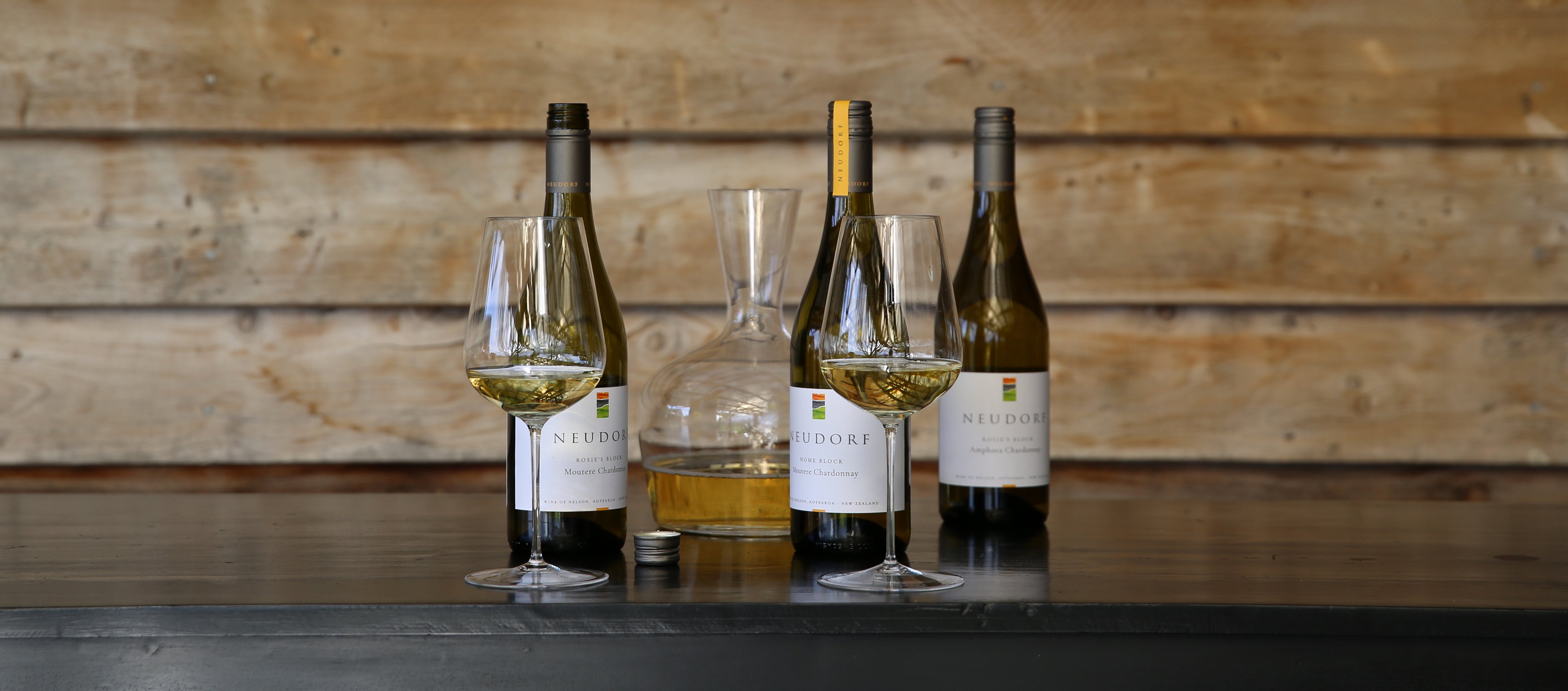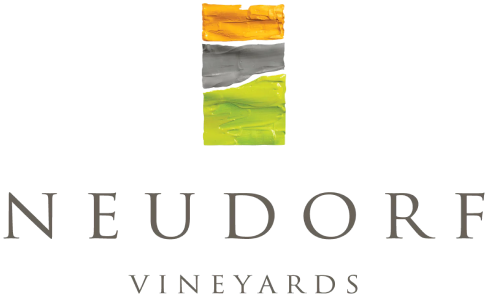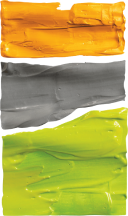
Viticulture
Viticulture – Geek Alert
It’s all about place. And we believe our place is special. We see and celebrate a “moutereness” in our wines.
Nelson’s Moutere Hills are sited in the centre of the northern tip of the South Island of New Zealand. Mountain ranges to the east, south and west provide a rain shadow effect, while Tasman Bay to the north ensures a maritime climate.
Our home plantings spill down a gentle north-facing slope overlooking a side branch of the Moutere Valley. The valley floor is home to hop gardens, orchards, berry farms and new vineyards.
Nelson often has the highest sunshine hours in the country; summer growing months are warm and relatively dry, with the possibility of rain increasing towards Autumn. Night temperatures cool markedly towards vintage, but damaging frosts are rare.
Coordinates: 41°14’S, 173°E
Altitude: 25-110m
Heat degree days: 1147
Annual sunshine hours: 2430
Annual rainfall: 962mm
Max Jan daily temperature: 22°C
Harvest: mid March – mid April
Soils
Great wines can only come from healthy soils. Healthy soil is our greatest vineyard asset. And it needs constant care.
Our vines are planted in deep clay gravel soils, laid down by ancient, long melted glaciers. These kaolinitic clay soils have a naturally low fertility and a sandy loam topsoil with an ever expanding organic matter content. They have a great water holding capacity which allows us to dry farm our vines through the sunny Nelson summer. We compost our grape skins and seeds and return them back to the vineyard floor to boost soil biodiversity and complete the nutrient cycle.
We have planted our vineyards on selected north facing slopes, embracing the “warm site in a cool climate” effect. These slopes also act as frost protection, draining cold air from the vineyard down to the valley floor.
Worms are the unseen workhorses in our vineyard, scavenging organic matter such as leaves and grass and breaking it down, aerating the soil as they go. Their excrement feeds an army of soil microbes which continue the good work, producing nutrients suitable for the vine to use, building up soil structure and keeping harmful pathogens at bay.
Mycorrhizal fungi on the vine roots hugely increase the vine’s ability to pick up these nutrients (and water), and in return they get to feed on sugars produced by the vine. We just love that symbiosis.
To keep these organisms working we need to maintain good levels of organic matter in the soil. Here at Neudorf, soil organic matter is enhanced by the presence of a permanent inter-row sward, mulched prunings and the return of composted winery waste.
Inter row herbs and grasses provide plant and insect species diversity, reduce plant vigour and contribute organic matter to the soil.
To quote soil ecologist Dr Emmanuel Bourguignon when he visited some years back ..“I have always loved your wines … and now I can see why”. This comment was made while he inspected the roots down at four metres
Clones and Rootstocks
The Mendoza clone with its firm acid and high extract provides the foundation for our Moutere Chardonnay. New clonal material is consistently being evaluated. Clone 548 now joins clones 15 and 8021 in playing minor but important roles in Rosie’s Block, alongside the backbone of Mendoza.
Pinot Noir is notoriously genetically variable and a number of clones have been evaluated. Clone 5 and 777 form the basis of both our Moutere and Tom’s Block Pinot Noir. These are assisted by clones 667, 113, 114 and 115.
All new plantings are carefully considered. Organic viticulture revolves around matching a site’s features with the right variety, clone and rootstock combination. All vines are grafted onto a mixture of rootstocks. The all-rounder of rootstocks 3309 is extremely resilient on our clay soils and the ever popular SO4 is bringing some vigour back into the blocks that were affected by conversion to organics.
Vineyard Management
With a maritime climate it is essential to maintain an open canopy to allow sunlight and air to penetrate, reducing the pressure of disease. Our vineyard canopy design includes single and double cane vertically shoot positioned (VSP) vines, creating a thin, upright canopy that intercepts as much sunlight as possible. To balance vigour in some of our blocks, we are trialling spur pruning, a method of retaining a permanent fruiting cordon with two-bud fruiting spurs.
Vineyard management is driven by the desire for ripe flavours with balanced acidity and concentrated fruit. Vine density ranges from 1667 vines/ha in our 37 year old Moutere Mendoza to 4545 vines/ha on some close planted Mendoza at Rosie’s Block. Low production (1.5kg per vine for Pinot Noir, 2kg/vine for aromatics and 2.5kg/vine for Chardonnay) helps achieve the quality of fruit to create long-lived, intense but elegant wines.
Dry Farming
Dry farming means the mature grapes get only the irrigation that Mother Nature sees fit to give. This aspect of struggle requires the vine’s roots to search deep for water, providing increased drought resistance and greater expression of the native terroir. Our older vines now have roots spreading through the virgin Moutere Clay-Gravels to a depth of four plus metres. When we occasionally dig down to see what they are up to, we see clear evidence of the biological interaction, via mycorrhizal fungi, between roots and soil. There are distinctive colour changes in the soil at the interface, and a build-up of earthworms and organic matter where neither had previously existed.
As years go by we are seeing deeper roots, greater growth stability and drought resistance, as well as smaller, more concentrated berries with thicker skins. This allows our wines to express the terroir unique to our 25 hectares of ancient Moutere Clay-Gravel soils. Nirvana!


